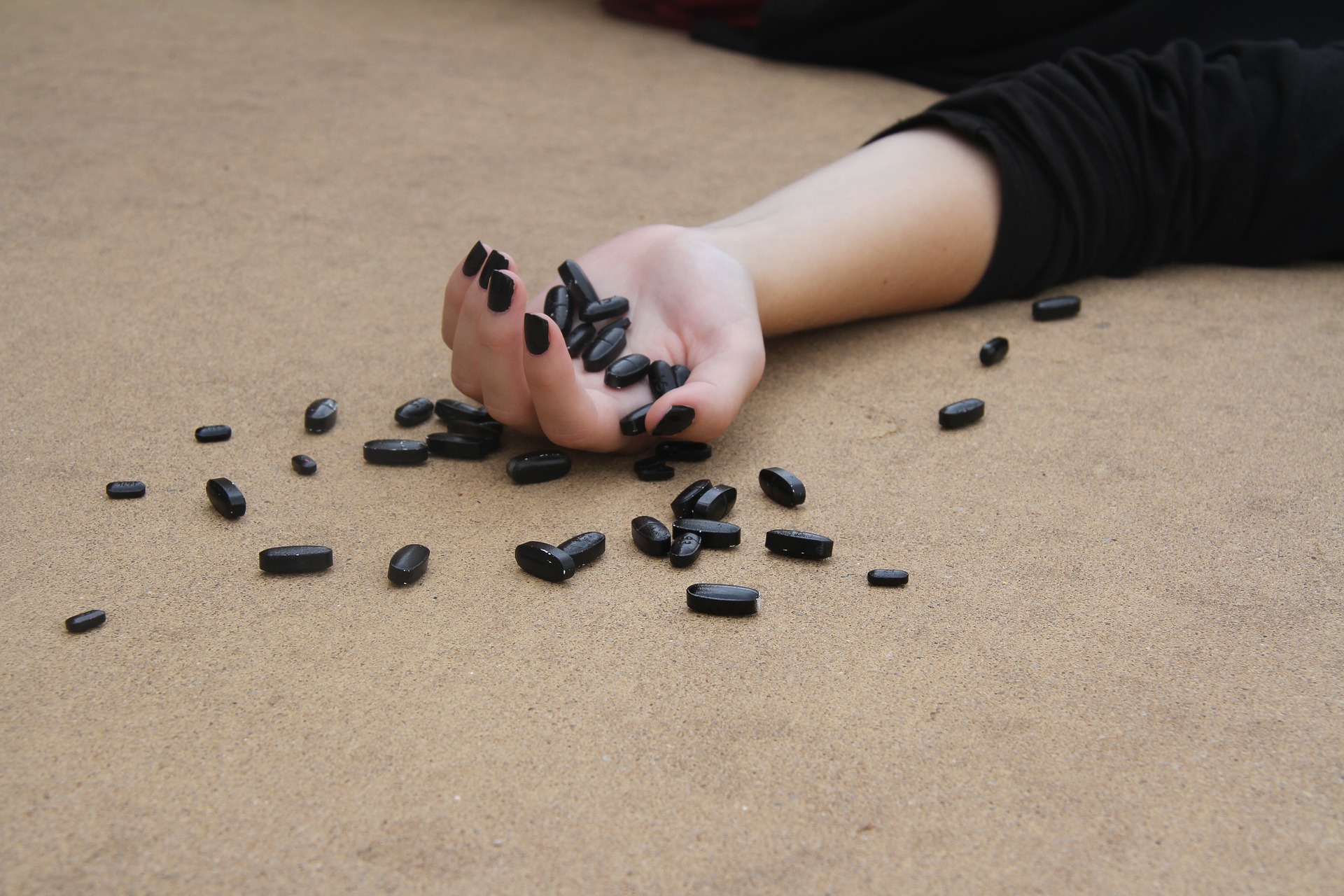
The American Society of Addiction Medicine has released a new guideline to help doctors treat the ongoing nationwide opioid crisis, in which nearly two million people abuse painkillers each year. [Image credit: Pixaby user HastyWords | CC0]
The United States is suffering from an explosive epidemic. Every day, 44 people die from overdosing on prescription opioid painkillers, a rate that has quadrupled since 1999. To help physicians battling on the frontline, the American Society of Addiction Medicine released a National Practice Guideline in September. The ASAM document outlines best practices for treating opioid addiction with the safe and effective prescribing of treatments like methadone, buprenorphine and naltrexone to curb the growing epidemic.
The guideline’s release couldn’t be more timely, given the serious state of the opioid crisis. Nearly 2 million people, aged 12 years and over, abused or were addicted to prescription painkillers such as Vicodin and OxyContin in 2014.
Despite this alarming public health crisis, general physicians receive very little training on addiction medicine, says psychiatrist Kyle Kampman from the Hospital of the University of Pennsylvania, who led the committee behind the guideline. “We hope to give physicians more knowledge so they feel more confident treating the problem.”
Proponents of the new ASAM guideline say it stands apart from previous guidance in many respects. “This is the first guideline that addresses all three medications with FDA approval for treating opioid dependence,” says Margaret Jarvis, director of Marworth Treatment Center, who led the team that selected independent experts responsible for developing the guideline. Combining these medications with psychosocial treatments such as counseling and referral to community services is considered the gold standard of treatment for opioid addiction, she says.
Yet effective use of drug therapy has been limited by a number of factors over the years. “Many physicians don’t believe in using medication because they think you’re just substituting one drug for another,” says Andrew Kolodny, head physician at the Phoenix House, a nonprofit organization that runs rehabilitation programs in 13 states.
This resistance to treating addiction with medication is a barrier to treatment that the developers of the new guideline are hoping to overcome. The recommendations were developed by a team of 11 experts who combined their clinical knowledge with scientific evidence gathered from literature reviews and existing guidelines.
The guideline details how to comprehensively assess and diagnose patients and provides information on each of the three FDA-approved drugs — when it’s appropriate to prescribe them, at what dose and for how long. For example, methadone has to be taken daily under supervision at clinics that offer opioid treatment programs, so physicians need to assess whether a patient is willing and able to make such a commitment.
“Medications are vastly underused,” says Kampman. “So our intention is really to educate.”
The guideline also highlights how to treat opioid addiction in special populations like pregnant women, teenagers, prisoners, those with pain problems, and those with psychiatric issues such as depression or anxiety. Additional factors need to be considered when treating these patients. For example, teenagers must be at least 16 years of age to receive buprenorphine and physicians should be on the lookout for possible accompanying conditions, such as sexually transmitted infections.
While the new guideline covers many situations that health workers may face treating patients with addiction, it says nothing about the cost of those treatments. “This is generally important information to have,” says Christopher Jones, a policy-maker at the Department of Health and Human Services. “But while cost-effectiveness is fundamental to look at, improving access to the drugs is more important.”
Indeed, some patients find it very difficult to get the medication they need to kick their habits. Methadone, for example, can only be obtained at special pain clinics that are thin on the ground in the United States. Buprenorphine, on the other hand, can be prescribed out of a doctor’s office, but only by a physician who has a special waiver from the Drug Enforcement Administration.
“We just don’t have enough specialty treatment facilities and expertise in this country to treat everyone,” says Jones. “That’s why we need guidelines like this as part of a larger movement to help integrate treatment into general practice.”
But the million dollar question remains: How do advocates of effective addiction treatment get the new guideline in front of clinicians and encourage them to adopt it?
Jarvis and her team at ASAM are employing a number of approaches to encourage implementation of the guideline. They have organized a series of webinars for doctors to learn more about treating opioid addiction with medication, offering continuing medical education credit to encourage participation. They are also freely disseminating materials, such as a Powerpoint slide deck, that support and complement the guideline. There’s even an accompanying pocket guide and a smartphone and tablet app to help clinicians access the information they need quickly and easily.
The ASAM guideline has also been included in a draft of the Centers for Disease Control and Prevention’s new Guideline for Prescribing Opioids for Chronic Pain, due for release later this year. “This is a huge endorsement,” says Jones. “Many clinicians see the CDC as a reputable source so this will definitely raise the visibility of the ASAM guideline.”
Guideline notwithstanding, he says, “It’s still paramount that we change perceptions that addiction is not a moral failing, but rather a medical condition that must be treated.”